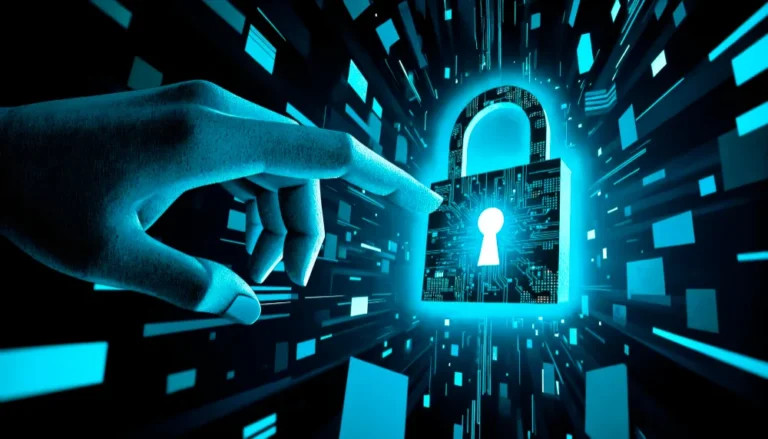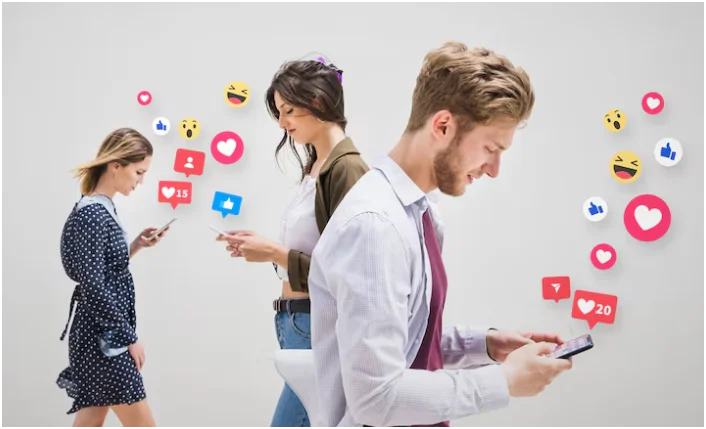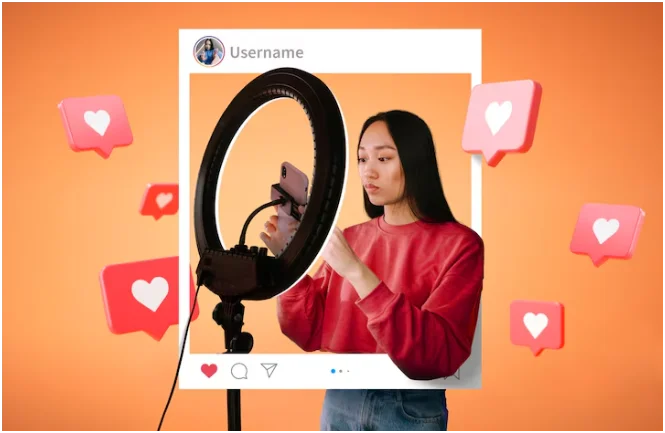The Cinematic Wedding Photography Experience: Turning Your Love Story Into Pure Movie Magic
Introduction
Think back to the last film that truly moved you—maybe it was the way the camera lingered on a subtle glance or how the music swelled during a first kiss. Cinematic wedding photography borrows those very elements from the silver screen, transforming a real wedding day into an emotionally charged visual narrative. By blending artful composition, dramatic lighting, and meticulous post-production, this style elevates traditional coverage into something that feels timeless, stylish, and worthy of a red-carpet premiere.
What Is Cinematic Wedding Photography?
At its heart, cinematic wedding photography is about storytelling with a film-like sensibility. Where classic photojournalism focuses on candid documentation, the cinematic approach incorporates deliberate framing, intentional use of light, and carefully directed moments that still feel natural. The goal isn’t to stage every second but to craft scenes with the same mood and depth you’d expect in a feature film. Often, photographers choose wider aspect ratios, rich color grading, and even motion-blur techniques to echo the aesthetics of modern cinema.
Core Ingredients of a Cinematic Look
1. Dramatic Lighting
Just as filmmakers chase the golden hour for its soft, directional glow, cinematic photographers sculpt light to emphasize emotion. Backlit veils, silhouettes against sunsets, and shafts of light pouring through stained glass all help create a sense of grandeur.
2. Thoughtful Composition
Leading lines, symmetrical frames, and negative space guide the viewer’s eye, ensuring each photograph feels like a carefully storyboarded still from a romantic epic.
3. Rich Color Grading
Post-production hues lean toward warm, filmic palettes—think gentle teal shadows and sun-kissed highlights or the muted pastels of vintage reels. This grading ties the entire gallery together into one cohesive “movie.”
4. Movement and Motion Blur
A swirl of the gown or a jubilant confetti toss can be captured with slightly slower shutter speeds, preserving motion in a way that evokes live-action footage rather than static portraits.
Why Couples Choose the Cinematic Style
- Emotional Impact
Cinematic images feel immersive; they don’t just show you what happened—they make you relive the moment with the same intensity. - Timeless Aesthetic
Movie-inspired visuals transcend fleeting trends, offering an enduring, classic appeal. - Personalized Storytelling
Each shot is tailored to reflect the couple’s unique dynamic, much like a screenplay written specifically for two protagonists. - Statement Artwork
Large prints from a cinematic session look striking on gallery walls or within luxury albums, transforming your home décor into a personal cinema.
Planning a Cinematic Wedding Shoot
Scout Like a Location Manager
Visit your venue in advance and note where natural light falls at various times. Iconic architecture, sweeping staircases, or dramatic landscapes become “sets” for pivotal scenes.
Schedule Around the Best Light
Allocate at least 30 minutes during golden hour for portraits. The low sun lends an organic glow that can’t be replicated with artificial sources.
Coordinate Wardrobe and Palette
Outfits in complementary tones—ivory lace against muted greens or sleek black tuxedos beside bold autumn foliage—create visual harmony worthy of any period drama.
Add Small but Powerful Props
A vintage getaway car, a flowing cathedral-length veil, or even sparklers can become eye-catching accessories that add cinematic flair without feeling overproduced.
Choosing Your Cinematic Wedding Photographer
Technical prowess and artistic vision must align. Review full-day galleries to see how the photographer handles changing light, fast-moving moments, and intimate emotions. Confirm they own fast prime lenses, off-camera lighting for dramatic effects, and backup gear for safety. Finally, make sure their editing style resonates with your taste; color grading is the subtle hallmark of any cinematic collection. For proven expertise, explore cinematic wedding photography to see how careful direction meets heartfelt storytelling in real-world weddings.
Behind the Scenes: Post-Production Magic
After the wedding, raw files enter the digital darkroom. Here, cinematic editors apply film-inspired LUTs (Look-Up Tables) or custom presets, adjust contrast to highlight mid-tones, and calibrate skin tones to look flattering yet authentic. Subtle grain may be added for texture reminiscent of 35 mm film stock, while dodging and burning guide the viewer’s gaze toward the emotional epicenter of each image.
Integrating Video for a Complete Filmic Experience
Many photographers collaborate with cinematographers or offer hybrid coverage, capturing both stills and short-form highlight films. When shot with matching cameras and color profiles, the final slideshow seamlessly weaves together motion and photography, adding voiceovers, ambient audio, and a cinematic score for maximum impact.
Conclusion
Your wedding is one of the few days in life that truly feels larger than life—why not memorialize it in a way that looks as grand as it feels? Cinematic wedding photography merges technical mastery with narrative artistry, ensuring every stolen glance, jubilant cheer, and quietly shared vow is immortalized like a scene from your favorite romance film. Years from now, when you press play on your memories, you won’t just see a collection of photographs; you’ll experience a visual love story that sweeps you off your feet all over again.





